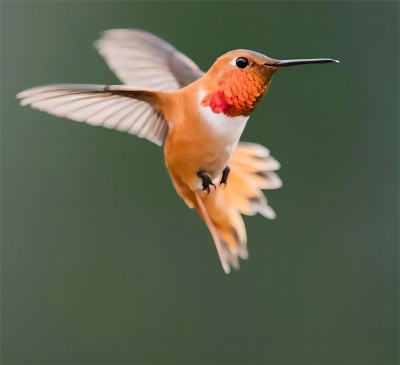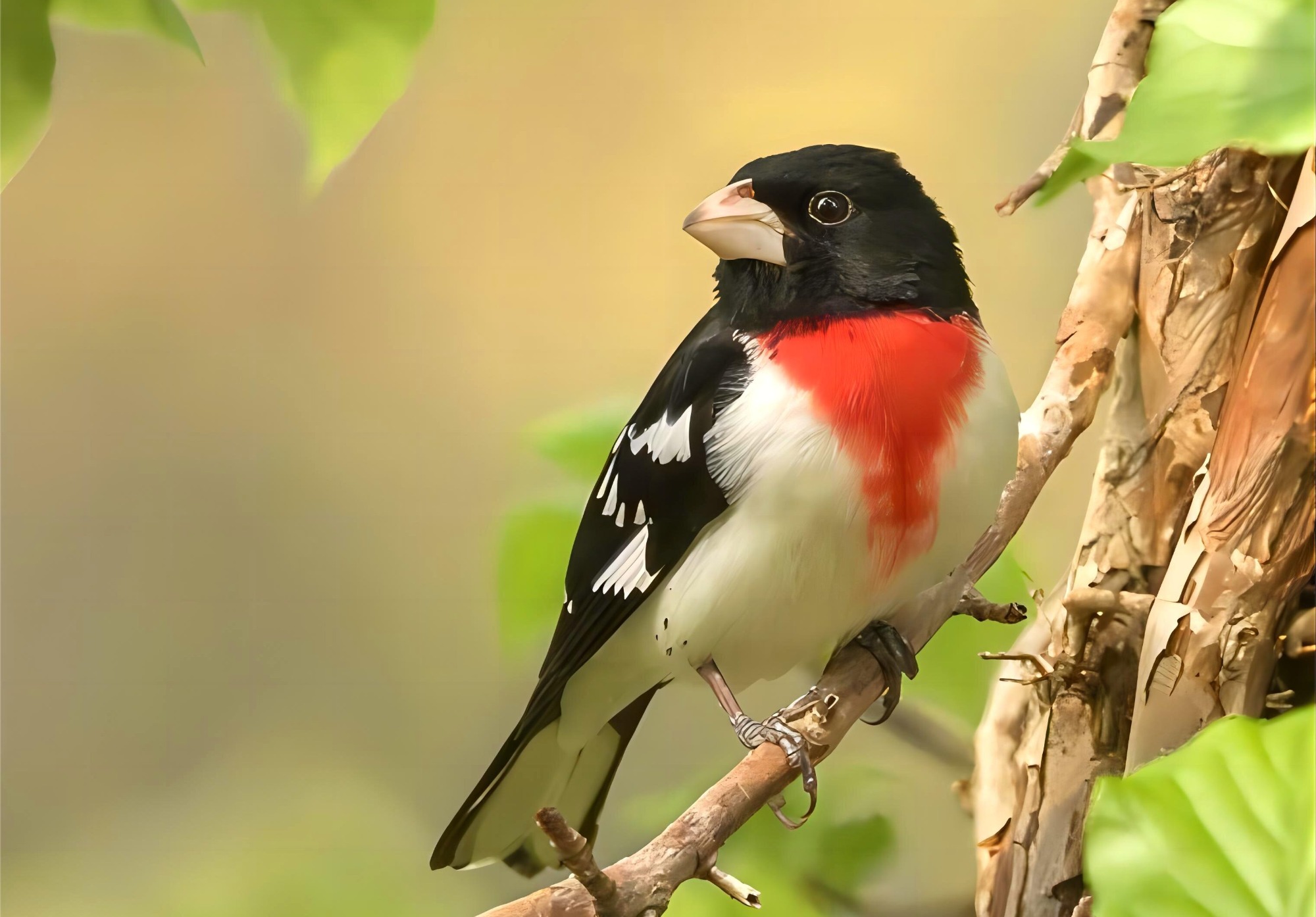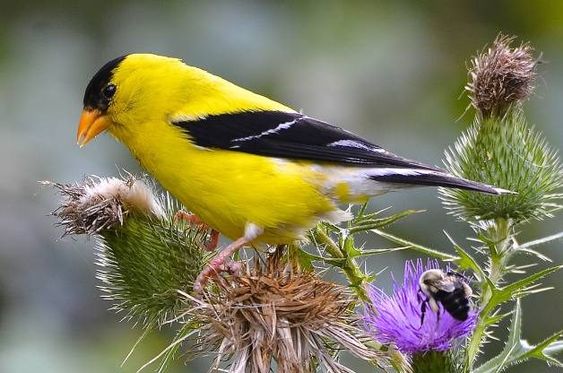 Introduction to Hummingbirds
Introduction to Hummingbirds
Feb .28.2024
Hummingbirds are among the most fascinating and enchanting birds in the world, known for their tiny size, iridescent plumage, incredible agility, and unique hovering flight. Belonging to the family Trochilidae, these remarkable birds are found exclusively in the Americas, from Alaska to Tierra del Fuego, showcasing a diverse array of species, each with its own charm and beauty.
 Rose-breasted Grosbeak
Rose-breasted Grosbeak
Feb .26.2024
The Rose-breasted Grosbeak (Pheucticus ludovicianus) is a striking and charismatic bird species that captivates birdwatchers with its distinctive appearance and melodious song. This medium-sized songbird belongs to the cardinal family (Cardinalidae) and is known for its vibrant plumage and beautiful markings, making it a cherished sight in North American woodlands and gardens.
 Comprehensive Overview of Spinus tristis (American Goldfinch)
Comprehensive Overview of Spinus tristis (American Goldfinch)
Feb .23.2024
Spinus tristis, commonly known as the American Goldfinch, is a small but vibrant bird species that captivates observers with its striking appearance and cheerful presence. This beloved avian species is renowned for its bright yellow plumage and delightful song, making it a favorite among birdwatchers and nature enthusiasts.

 Introduction to Hummingbirds
Introduction to Hummingbirds
 Rose-breasted Grosbeak
Rose-breasted Grosbeak
 Comprehensive Overview of Spinus tristis (American Goldfinch)
Comprehensive Overview of Spinus tristis (American Goldfinch)